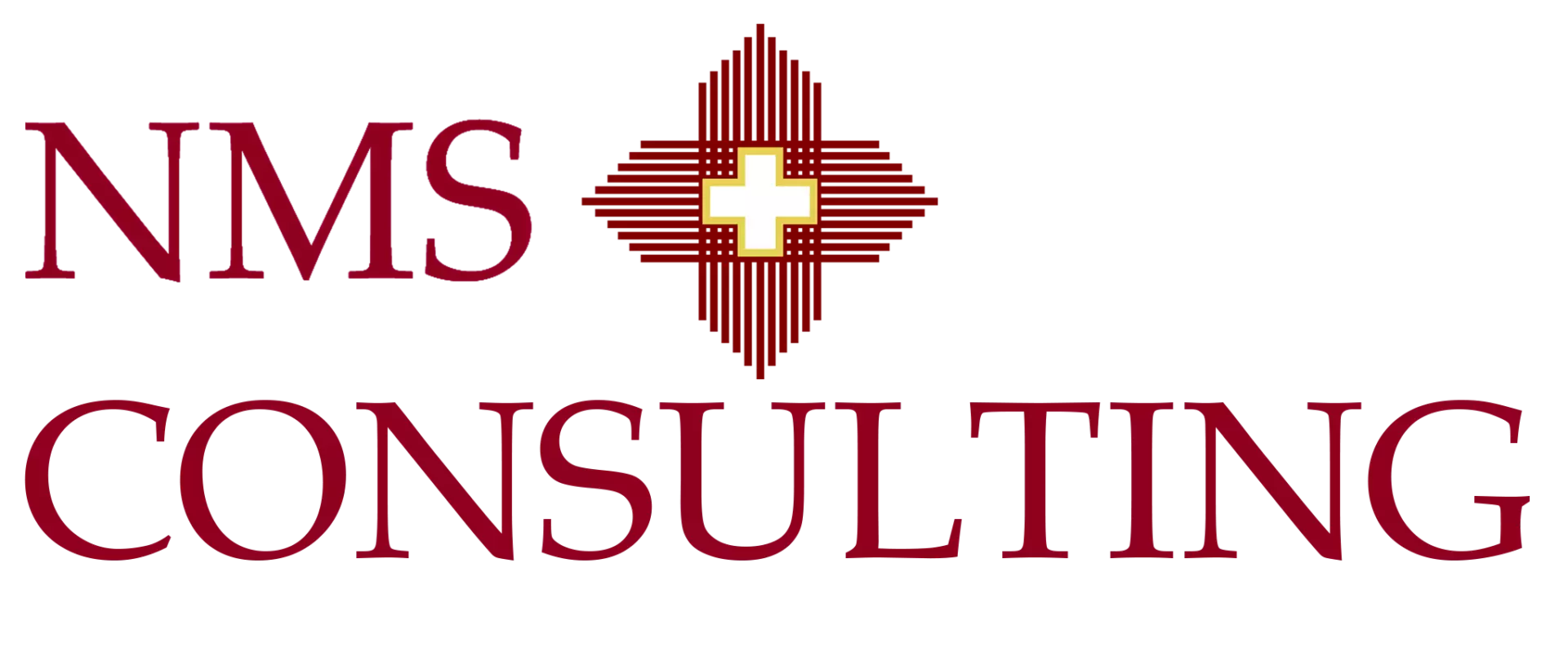Changes and Duplication as They Relate to Consultancy Services

Changes and duplication are two linked themes in consultancy services. Consulting projects are often created to design and deliver change, yet without careful planning they can also introduce duplicated effort, overlapping tasks, and extra strain on staff.
Changes and duplication in consultancy services at a glance
Consultancy services are often brought in when organizations want to adjust strategy, improve performance, or respond to external pressure. By design, these projects introduce change. They touch structures, processes, technology, and roles.
At the same time, each new project adds meetings, requests for information, and reports. If several consulting teams or internal initiatives operate without coordination, people can be asked the same questions several times or complete similar tasks for different projects. This is where duplication appears. The issue is not that change work exists, but that it is not organised as a single joined up effort.
NMS Consulting describes consulting services in simple terms in Consulting Services Meaning: What They Are and How Companies Use Them, and examines duplication of work in a separate article on Duplication of Work Meaning, Causes, Risks, and How to Fix It.
How consulting projects create change
Most consulting projects involve three broad stages of change. First, consultants help clarify the problem and analyse how the business operates today. Second, they work with leaders to design a better way of working. Third, they support delivery, either directly or by equipping internal teams.
Examples include:
- Strategy projects that refine markets and offers and then trigger organisational and investment shifts.
- Performance improvement work that redesigns processes, removes steps, and adjusts measures and incentives.
- Digital and technology projects that change systems, data flows, and day to day tools for employees.
- Change management services that prepare managers and staff for new ways of working.
These forms of change are often necessary. They help organizations adapt, meet regulatory demands, and improve financial results. The question for leaders is how to gain these benefits while avoiding unnecessary repeated work across projects.
Where duplication arises in consulting work
Duplication across consultancy services appears in several recurring patterns. Many of them match the broader forms of duplicated work that NMS Consulting has described in its performance improvement and duplication articles, but they show up in a consulting setting.
-
Overlapping scopes.
Separate consulting teams may have similar mandates, such as reviewing operating models, analysing customer journeys, or assessing technology platforms, without a shared plan. -
Repeated data requests.
Staff are asked for the same figures or documents by different projects because there is no shared data room or owner for information. -
Parallel change initiatives.
Functions or regions may run their own change programmes in addition to central work, leading to multiple workshops and training sessions that cover similar themes. -
Duplicate reporting.
Project teams prepare separate status updates, dashboards, and slide decks for different committees, all describing the same changes. -
Uncoordinated pilots.
Several projects test new ways of working in the same location or for the same customer group without aligning schedules or measurement.
Left unchecked, these patterns produce the kind of duplication of work that adds cost and frustration without improving quality or control.
Useful duplication versus wasteful duplication
Not all duplication is harmful. In consultancy services there are cases where some overlap helps reduce risk. The key is to distinguish planned checks from accidental repetition.
-
Planned checks.
A board might ask for a second view on a major transaction from another adviser. This is deliberate and time limited. -
Control and assurance.
In regulated sectors, separate teams may need to review the same change from risk, audit, and compliance angles. -
Shadowing for knowledge transfer.
During some projects, internal staff follow consultant activity to learn methods they will later use on their own.
Wasteful duplication, in contrast, appears when these overlaps are not chosen but simply arise. Examples include two consulting firms running separate interviews with the same customers, or different projects mapping similar processes without sharing results. The line between useful and wasteful is whether the extra work supports a clear decision, control, or learning need.
Designing consulting portfolios to limit duplication
Many organisations run several consulting projects at once. Treating them as a loose collection can quickly lead to duplication. Treating them as a portfolio with shared oversight helps reduce repeated work and improve outcomes.
Practical steps include:
-
Single view of all consulting work.
Maintain a register of active and planned projects across the business, including aims, sponsors, and timing. -
Portfolio level sponsor.
Ask a senior leader or small group to review overlaps, sequence projects, and decide where joint governance is needed. -
Shared data and materials.
Use a common data room, template library, and glossary so teams can reuse models, process maps, and definitions. -
Clear scopes and handoffs.
When several firms are involved, write scopes that fit together and describe how teams will share findings. -
Common cadence.
Align steering committees and key milestone reviews, so leaders can see how change efforts fit together rather than reading separate reports.
Performance improvement and transformation programmes at NMS Consulting are often organised in this way, with change and consulting work brought together in a coordinated plan rather than run as isolated streams.
Change management and duplication of effort
Change management services focus on how people experience shifts in strategy, structure, and systems. When these services are present from the start, they help map who is affected by each project and how often they will be asked to attend workshops, training, or testing.
That mapping is useful for limiting duplication, for example by:
- Combining sessions so staff hear related messages in one go instead of in separate meetings.
- Coordinating training for several systems where the same user group is involved.
- Simplifying communications, so teams receive clear messages about the whole change agenda instead of separate notes for each project.
- Tracking change fatigue, using surveys and manager feedback to adjust schedules when people are overloaded.
Done well, change management becomes a way to steer both change and duplication across consultancy services. It reduces wasted effort and improves the chances that new ways of working will last.
Governance for consultancy services and change
Governance for consultancy services means setting clear rules on who can start projects, how they are approved, and how progress is monitored. It also covers how projects are closed and how learning is captured. Strong governance is one of the simplest ways to keep changes and duplication under control.
Helpful features include:
- A small group that reviews proposed consulting work against strategy and existing projects.
- Standard questions about expected value, key risks, and links to other initiatives.
- Requirements to reuse existing data and materials where possible rather than starting from zero.
- Routine checks on whether different projects are touching the same units or stakeholder groups at the same time.
- After action reviews that capture what worked, what did not, and how future projects can avoid repeated mistakes.
Articles such as NMS Consulting’s material on corporate governance and organisational change give examples of how boards and executives can shape such oversight in practice.
How NMS Consulting addresses changes and duplication
NMS Consulting provides consulting services across strategy, business transformation, change management, digital and technology, performance improvement, and specialist areas such as cybersecurity and private equity.
Across these services, the firm pays attention to how change and duplication interact. Typical practices include:
- Starting assignments with a short review of related projects already under way.
- Designing work so internal teams can reuse data, models, and tools created during the project.
- Coordinating with other advisers when clients choose to work with several firms.
- Using change management plans that cover messages, training, and support across multiple initiatives, not just one project at a time.
- Tracking benefits in performance improvement and transformation work so leaders can see the net effect of their consulting portfolio.
These practices reflect a simple view: consulting services should add clarity and capacity, not confusion or repeated effort.
FAQ on changes and duplication in consultancy services
- Who is responsible for managing duplication across consulting projects?
- Responsibility is shared, but senior sponsors and central PMO or transformation teams usually lead. They have the visibility to see how initiatives overlap and to adjust scopes and schedules.
- How can we spot duplication early rather than after staff complain?
- Maintain a live map of projects, stakeholders, and milestone dates. Review this map monthly and ask line managers whether their teams are receiving repeated requests from different projects.
- Is it better to hire a single firm for all change work to avoid duplication?
- A single firm can make coordination easier, but it is not the only option. Some clients prefer a mix of partners for different topics. What matters is that someone is accountable for aligning scopes and delivery.
- What signs show that duplication is starting to hurt a consulting programme?
- Typical signs include workshop fatigue, repeated extensions to timelines, staff confusion about who owns which tasks, and multiple versions of the same data appearing in different reports.
- How do consulting contracts relate to duplication control?
- Contracts can help by describing how advisers will work with other firms, how they will reuse materials, and how they will support governance routines such as joint steering committees and shared data rooms.



